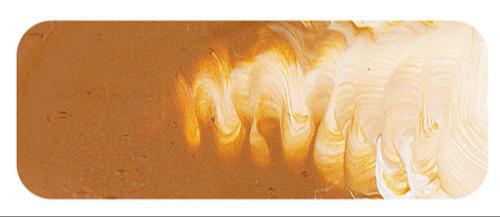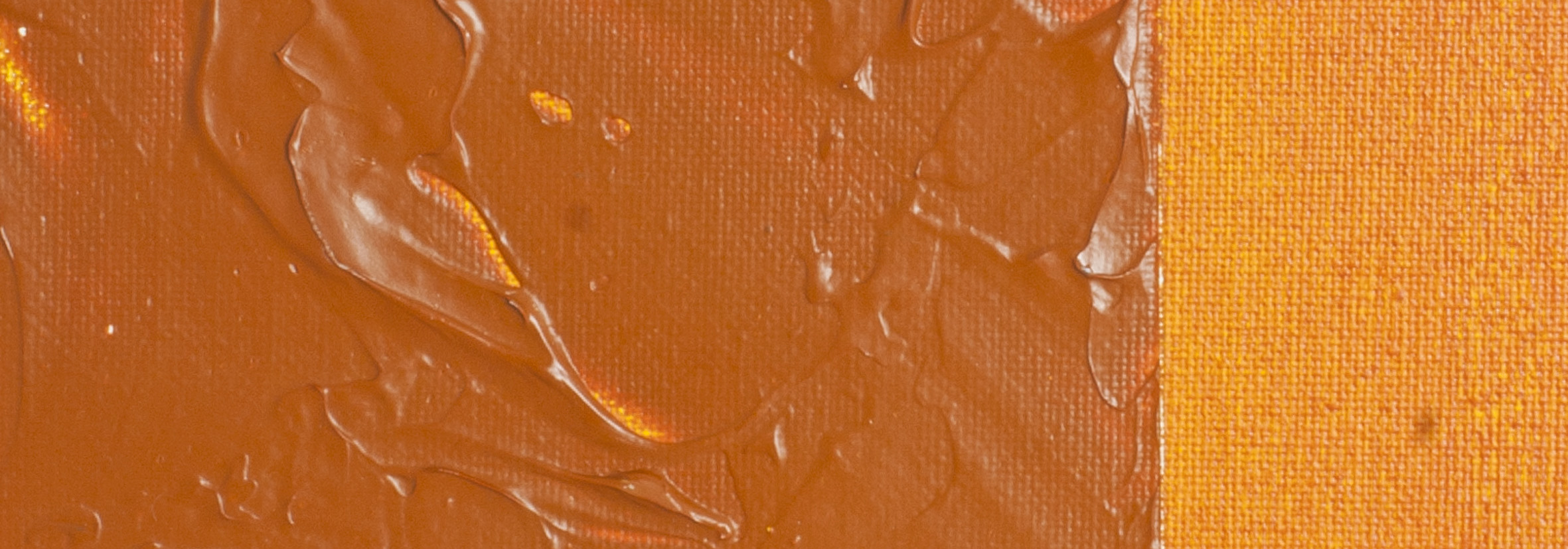Raw Sienna | Matisse Acrylic Paint
Chemical Description: Natural iron oxide
Pigment Number: PY43
Lightfastness Rating: ASTM I
Pigment Opacity: Transparent
Paint Opacity: Semi-transparent
Series 1

Raw Sienna | Matisse Acrylic Paint
Earliest Perspectives: Millennia of Yellowish Earths
For millennia, the subtle nuances in yellowish earth tones were perceived as inherent aspects of nature. Distinctions between colours like Yellow Oxide, Raw Sienna, or Raw Umber were often overlooked. Ancient artists, working on rock surfaces, might have preferred the slightly darker tone of Raw Sienna, aiding visibility on cave walls. Regardless, all these hues were simply categorized as Yellow Oxide.
Artistic Evolution: Greek and Roman Influences
The ancient Greeks and Romans, particularly in the Roman period, were pioneers in appreciating the diverse shades of yellow earths. They valued these variations for painting landscapes, and the Italian earths they used became the standard colours still prevalent today.
Raw Sienna Unveiled: Terra di Siena
Formerly known as Terra di Siena, meaning the earth of Siena, Raw Sienna earned its name from the large deposits around Siena, Italy. Depleted since the 1940s, current sources include Sardinia, Sicily, and the eastern United States. Browner than Yellow Oxide, Raw Sienna mirrors the myriad brownish yellows found in nature. Its distinct colour, shaped over millions of years, overlaps with Yellow Oxide, leading to debates on nomenclature. Matisse officially designates its Raw Sienna as PY43, aligning with the colour index name for natural Yellow Oxide.
Matisse's Discerning Palette: Aesthetic and Practical Choices
Matisse selects pigments based on colour beauty and compatibility within the range. Matisse Raw Sienna stands out for its extraordinary warmth and delicious undertones. In contrast to uninspiring versions offered by some manufacturers, Matisse's Raw Sienna proves popular and versatile on the palette, reminiscent of rich oiled timber. Blending it with Burnt Sienna, Raw Umber, or Burnt Umber creates a spectrum of brown tones found in nature.
Versatility in Nature's Palette: Artistic Applications
Raw Sienna's natural counterparts abound in the world, often requiring minimal modification. Mixed with Cadmium Yellow Medium, it reproduces the golden hues of wheat fields. Paired with Matisse Emerald, it yields beautiful olive greens. A surprising twist emerges when combined with Magenta light, resulting in warm light tans with a unique pinkish component.
Enduring Elegance: A Colourful Legacy
With a history spanning at least 30,000 years, Raw Sienna remains as fresh and indispensable today as it was to artists throughout the ages. Its warm, timeless appeal continues to enrich the artistic palette, a testament to the enduring allure of this ancient yet ever-relevant colour.
Safety Data Sheet for Matisse Raw Sienna (SDS)
To view or download a copy of Raw Sienna SDS, please CLICK HERE * (271kb)
*The above link will open an external Dropbox window

To install this Web App in your iPhone/iPad press ![]() and then Add to Home Screen.
and then Add to Home Screen.

